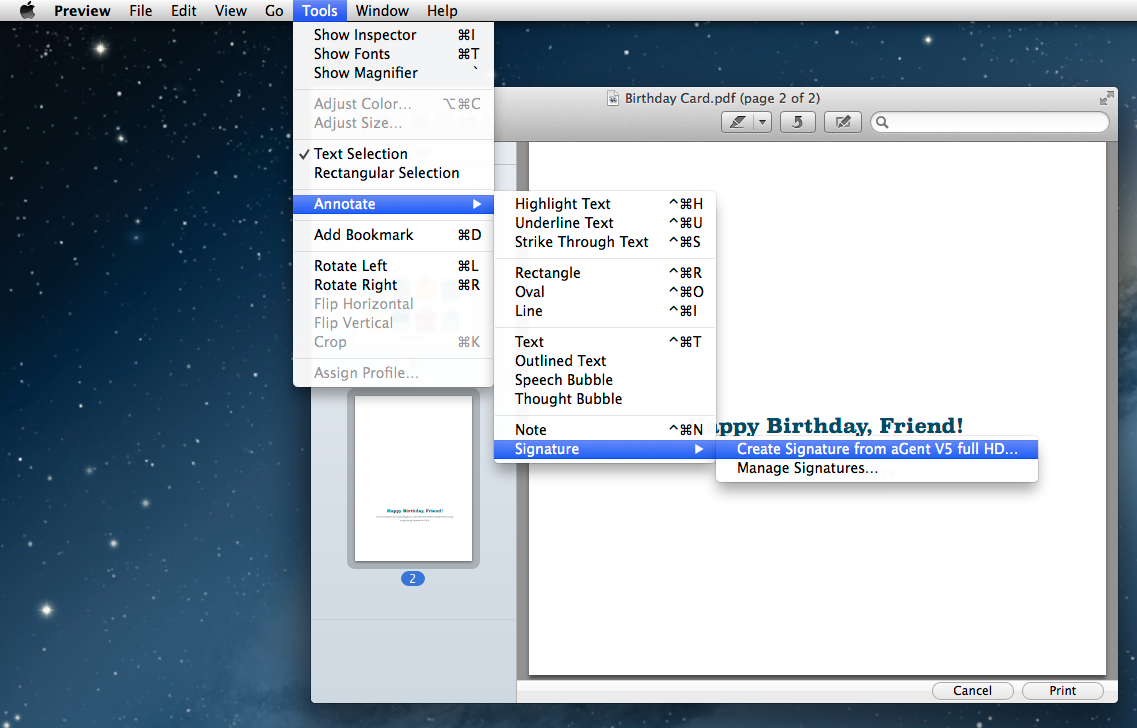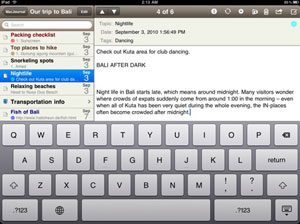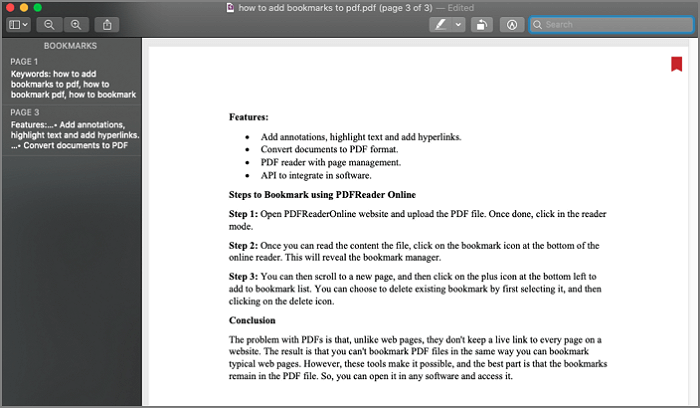
Rather than stash my spark notes in a dedicated journal, I prefer to leave them in the journal in which the idea first came to me, where I might get some insight based upon their context. For example, when I am creating diary entries, I tag the ones that refer to an important event as “notable.” Then I have a smart journal that hunts up the “notable” entries, so at the end of the year I can have a quick summary of the important happenings.Īnother smart journal I have is for spark notes. With MJ, I can add tags as needed, or forget about it. I like having the option to add tags, but I hate having to create tags to put my notes in order.

This is how I like to organize my notes, which is one of the major reasons I don’t use Bear for note-taking… it only has tag-organization. You can see from the screen shot at the top of this post that I have several topic/purpose-related journals in my main document. You can also create BOOKS, which I’ll touch on later. You can also create sub-journals and SMART JOURNALS. Inside each journal you can create individual ENTRIES. Inside the document, you create JOURNALS. MacJournal calls the file you open to work in a DOCUMENT. I’ve found that MacJournal handles these all elegantly and powerfully.īefore I discuss how, let’s get a few definitions out of the way. Some of the types of entries I want to keep in my digital notebook: A journal belongs in a notebook (or set of notebooks), which is why I used that word in the title of this post. You may find that you write enough about a certain subject that you want to group those entries in their own sub-journal.

You might record your thoughts about various subjects in a diary, but they are organized by date. A diary is for keeping a record of what happened on specific days.

I make the following distinction between a diary and a journal: But after several years of failing to be satisfied with my diary/journals I decided to give MJ another go. When DayOne went to a subscription, I looked elsewhere for a new diary app and relegated MJ to the app scrap heap. I dabbled in using MJ for other types of writing, but then DayOne came along and it dazzled me with its clean appearance and the easy way it synchronized material between MacOS and iOS, so I turned to it for my diary. I slowly uncovered other features that made it useful for all kinds of writing and note keeping, but I was committed to Scrivener and then Ulysses for longer-form writing (I don’t mean book-length work, but essays and long notes about specific things). I didn’t really appreciate MJ at the time, but it was touted as the best diary app, and that’s how I first used it. When I first journeyed back to MacOS for my personal use about 11 years ago, I installed Scrivener, CircusPoinies Notebook and MacJournal almost immediately. In this post, I want to discuss my reasons for returning to MacJournal as my number one notebook.


 0 kommentar(er)
0 kommentar(er)
